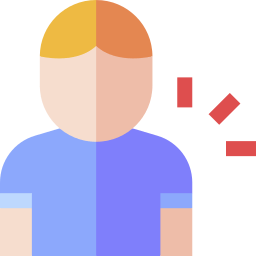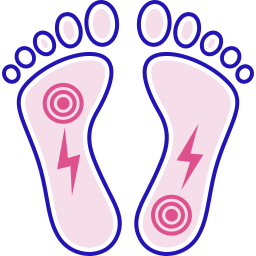Two Types of Laser Therapy Effective For Common Elbow Condition
Lateral epicondylitis is an overuse injury that involves the lateral epicondyle, which is the bony bump on the outside of the elbow. As an overuse injury, it results from repetitive strain and eventual weakening of the muscles in the elbow, which eventually leads to microscopic tears in the tendon that attaches the lateral epicondyle. Individuals with jobs that include lots of gripping or extending the wrist—like plumbers, painters, and contractors—as well as athletes who play tennis and other racquet sports have an increased risk for developing lateral epicondylitis due to the movements used in these professions and sports. For this reason, it is often referred to as tennis elbow.
Various Treatments are Available for Tennis Elbow
Some of the most common treatments for tennis elbow include:
- Pain-relieving
- Medications,
- Injections,
- Orthotics, Taping,
- Exercise and
- Manual therapy.
A Newer Treatment, Deep Tissue Laser Therapy, is Promising
Laser therapy is a noninvasive intervention that’s emerging as another treatment option for various musculoskeletal conditions, including tennis elbow. A laser—an acronym for light amplification by stimulated emission of radiation—is a device that emits light through a process called optical amplification. These lasers are created artificially, and they produce a monochromatic (one color) light of a single wavelength in a very tight, narrow beam.
Low-level laser therapy (LLLT) makes use of these beams of light with the intention of reducing injury-related pain. LLLT utilizes a red infrared light and directs it to areas that are damaged from injury. When this laser targets a painful region of the body, particular changes take place within the cells in a process called photobiomodulation that alleviates pain. High-intensity laser therapy (HILT) utilizes the same principles as LLLT, but with a higher-powered laser, which can penetrate deeper in the body through bone, soft tissue, and muscle. As a result, HILT can stimulate joints at a deeper level and treat a wider area than LLLT, which could potentially be more effective for speeding up the healing process and reducing pain levels.
Both types of laser therapy lead to short-term improvements
Both LLLT and HILT were evaluated in a recent study on patients with tennis elbow. For the study, a sample of 60 patients diagnosed with tennis elbow were randomly assigned to receive laser therapy with either HILT or LLLT. HILT was applied to the painful area of the lateral epicondyle in two phases over three weeks, with the first three sessions (phase I) intended to provide pain-relieving effects and the following six sessions (phase II) intended to provide biostimulatory effects. LLLT was administered to the most painful areas of the elbow with three sessions per week over three weeks. All patients were also instructed to wear strapped bandages, which applied moderate pressure to the forearm muscles through gel pads for additional pain relief.
All patients were evaluated before and after the three-week laser therapy programs for various outcome measures, including hand grip strength, pain levels, quality of life, and physical function. After completing treatment, patients’ scores in both groups improved significantly in all outcome measures assessed.
Better Results for High Intensity Laser Treatment
When results were compared, it was found that the HILT group reported greater improvements in handgrip strength, upper limb function, and quality of life, but the differences were not considered statistically significant. These findings suggest that both LLLT and HILT may be effective for tennis elbow in the short term, with HILT providing slightly greater overall benefits; however, additional research is needed to confirm these results with larger sample sizes and longer follow-ups.
If you’re dealing with tennis elbow or any other painful musculoskeletal condition, you may be a candidate for laser therapy, which we offer at Bacci & Glinn Physical Therapy as a supplemental intervention to a comprehensive physical therapy program.





